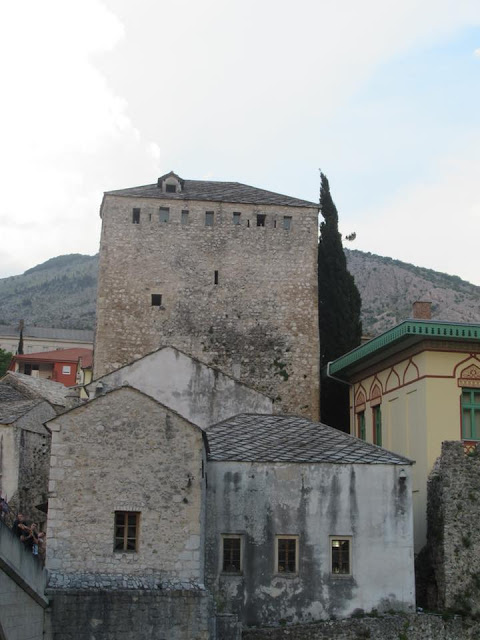The Liberty Gazette
December 18, 2018
Ely Air LinesBy Mike Ely and Linda Street-Ely
Mike: It was the ice landing on Lake Superior when young David was bitten and smitten. This was some time in the 1930s, and that pivotal flight was in a Ford Trimotor on skis, a special surprise his dad arranged near their home in Duluth, Minnesota.
The aviation bug and all things mechanical would never cease to excite him. When David was old enough, he signed up for the Civilian Pilot Training program in North Dakota so he could ferry airplanes to Europe before the U.S. entered Second World War. But when Pearl Harbor was attacked, David joined the U.S. Army Air Corps. During his time in the Pacific Theater he served as navigator, including bombing missions over Japan in B-29s.
After the war, David got a job in sales with RCA. He didn’t stop flying completely, but he was dedicated to his job and worked his way up to General Sales Manager. As a result of his energy and drive, that job taught him much about how to build a business. During his last years at RCA, he worked on a project for a central antenna system in New York City. Apartment buildings would be wired for television use, similar to what we know today as cable television. He got involved in many other things, and even started a charter aircraft service on the side and did much of the flying.
Linda: Then one day, this very busy man got the idea that vacuum cleaners did not need to be as heavy as they were. With his mechanical knowledge, he could have them built better, and lighter. When his eight-pound wonder wasn’t an immediate success door-to-door, he reconsidered who the best customers might be. Perhaps the cleaning staff in the hotel industry. After all, if you were pushing a vacuum all day, how thrilled would you be to lighten the load?
You may remember his commercials where he demonstrated the strength of his vacuum by using it to pick up and hold a bowling ball. Or the commercials where he said, “Call this number to make me stop singing.” After twenty years of persistence, and the belief that Winston Churchill was right – “Never, never, never give up,” – David Oreck’s vacuum cleaners became an “overnight success.”
More recently, the Oreck family has been selling candles. Mike just got one in a gift exchange at one of our aviation parties.
David has also had a collection of airplanes that are so cool, you’ll drool. Among them are a Stinson Reliant, a Waco, and a Staggerwing. Just one of those would be something to brag about. But don’t get the idea David is that type. He and his sweet wife, Jan, who is also a pilot, are quite generous. Their philanthropic missions range from the Jewish community in New Orleans, to several science museums in Colorado, to scholarships for Women in Aviation International. Not bad for a guy whose only “silver spoons” were his tenacity, and the wonderful gift of flight from his dad.
ElyAirLines.blogspot.com













































